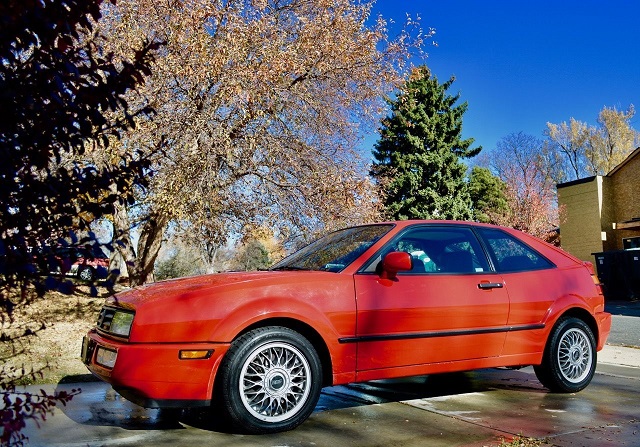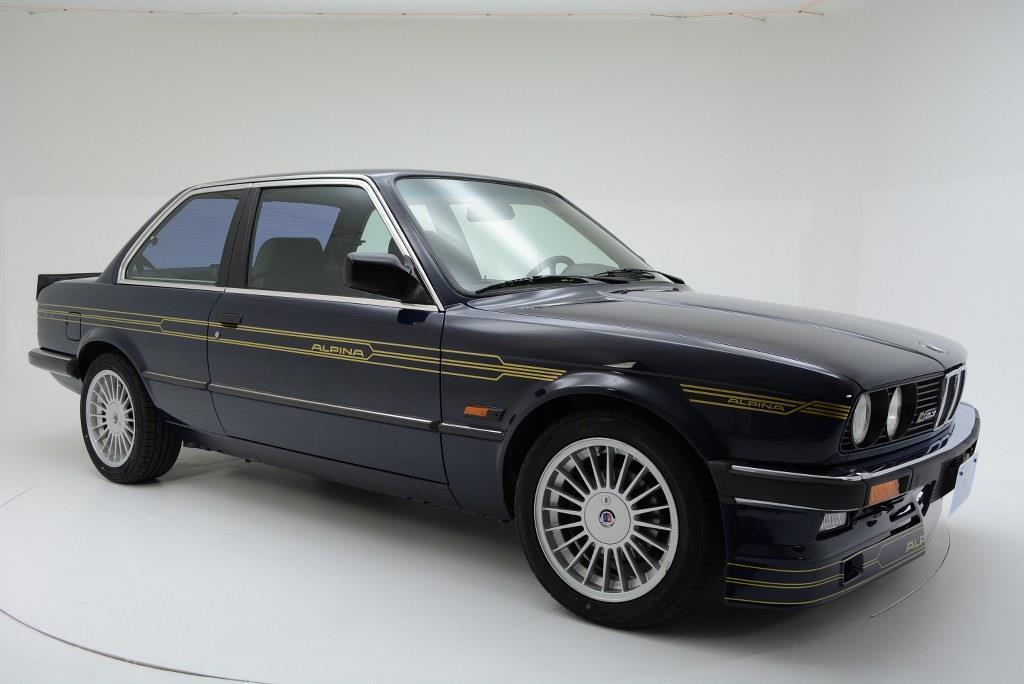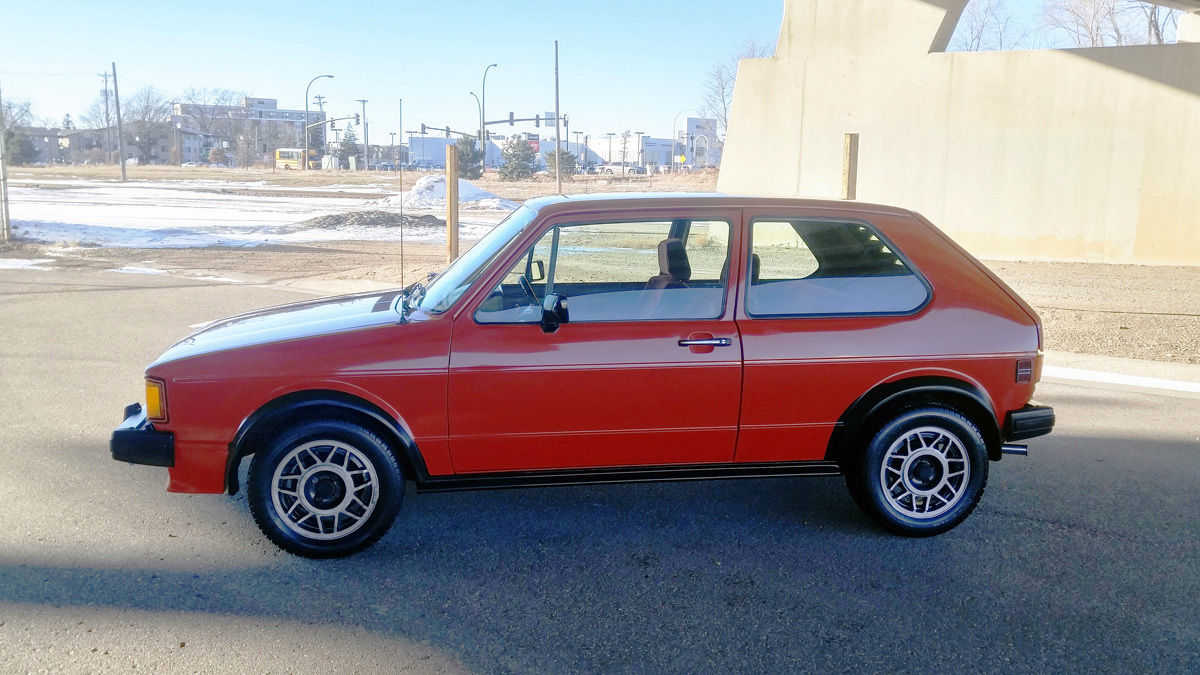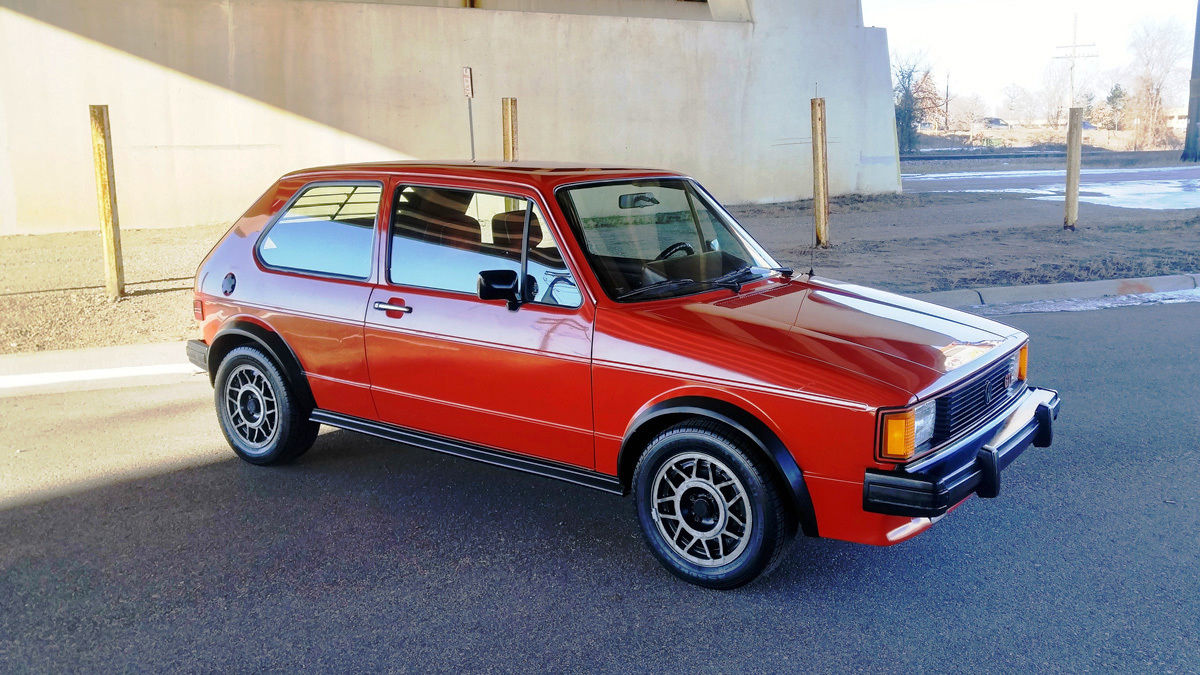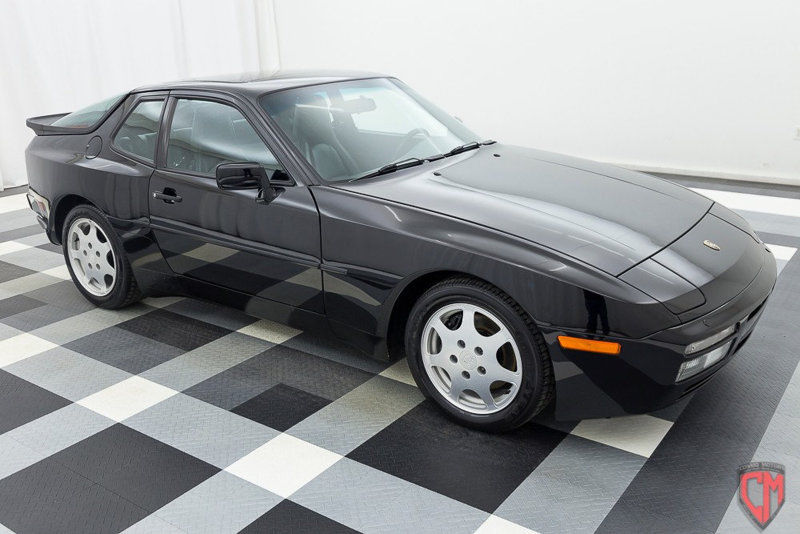We have an Audi-heavy update to our Hammertime Value Guide this week. Most notable were the sales of two 1983 Quattros; a project at $18,000,…
Comments closedAuthor: Carter
Alpina mania continues unabated on these pages. And why not? Rather than hastily assembled montages of aftermarket accessories or tasteless timepieces of a bygone era, Alpinas were artfully crafted bits of perfection. They were intended to be, and often were, as good as a BMW could get. The market has recognized this in their value, which when correctly presented far outstrips that of a normal – or even special – model from Munich. But that’s led to a variety of half-baked, poorly presented or just plain questionable examples that pop up on a regular basis. Is today’s ultra-rare C1 2.3/1 a case of the former, or the latter?
CLICK FOR DETAILS: 1985 Alpina C1 2.3/1 on eBay
4 CommentsIs it true that you should never meet your heroes? I remember the stigma surrounding the Porsche 911 growing up, and when I first got a chance to drive one as a late teen – a ’77 911SC – I wasn’t very impressed. It made nice noises but basically felt a bit like a fast pogo stick to me. That was reaffirmed by my second drive in a 911, a close friend’s ’85 Cabriolet. Both were very pretty – the requisite turn and stare every time as you walk away after shutting the door type of pretty. But driving experience? Well, maybe I completely missed the point, and perhaps neither of those cars were particularly well set up, but I wasn’t really blown away either time.
I think it’s more likely, though, that my expectation level far exceeded what the car could ever deliver in either case. For my first drive, I was moving from the vehicle I learned to drive on – a clapped out, seven-time crashed 1984 Toyota Pickup – to a goddamn Porsche 911. I’ve finally been accepted to be an astronaut, I thought to myself, this will be the best drive of my life! Plainly, it was not. I haven’t completely sworn off the 911, mind you, but since I’ve never looked at them the same.
Contrast that with my Volkswagen GTI experience. I bought what may have legitimately been the absolute worst example of a GTI it was possible to buy in 1998. Non-running? Check. Rusty? Check. Partially disassembled? Check. Crashed at some point? Check. Westmoreland build quality? That, too. It was impossible at times to find gears in my car. You could look through gaps in the body structure. The radio didn’t work. Neither did the air conditioning, or the heater, or occasionally the lights, and sometimes the starter. Or the brakes. Or the driveshafts. How the car was ever able to make it through a single inspection is still beyond me. It smelled bad, and looked worse.
But I rode that GTI hard, and even if it was a very frustrating experience 99% of the time, that 1% was pretty rewarding – so much so, that I still love to see them. They’re just neat little cars! And unlike meeting a superhero and finding out they’ve got a closet full of skeletons, it’s just about left of impossible to be disappointed by a GTI. Seriously, how high could your expectations be? You know it doesn’t have much power, or awesome brakes, or a tight chassis, or all the power features in the world. This is basic transportation with a slighty turned up motor and neat looks. That’s it. Unless your daily is a Roller and that’s your level of comfort and refinement that you expect, it will leave a smile on your face.
Imagine, then, if instead of my trash heap of an example, I had bought this clean 1983 two decades ago?
CLICK FOR DETAILS: 1983 Volkswagen GTI on eBay
6 CommentsWhere does the 944 Turbo lie in the collector market? That’s a fantastic question. For such a limited model produced over a relatively short span of time, there’s an amazing array of models and changes that occurred over the run that alter the car’s perception, the car’s performance, and – most importantly – the car’s value.
Starting in 1985, the “951” took the idea which had been pioneer with the 924 Turbo and Carrera GT/GTS/GTR and brought it to a much larger audience in a much easier to digest package. Every successive model year saw some changes, from the addition of anti-lock braking in 1987 to the upgraded “S” package in 1988, replete with Cup-inspired Koni suspension and turned-up engine performance for near 250 horsepower. This package carried over, largely unchanged minus the deletion of the S designation, for the entire 1989 model year in the U.S.. Of course, the power, performance and package of the 944 Turbo immediately brings it into comparison with the other two revolutionary small displacement sports cars of the time; the BMW M3 and the Audi Quattro. Each had their own unique character, each has their heavily devoted, mind-can’t-be-changed-that-they-were-the-best-ever fact sheets, and each has their flaws. So how to they stack up in the market today?
